While non-fiction authors routinely produce new editions of their books, novelists don’t, with only rare exceptions. 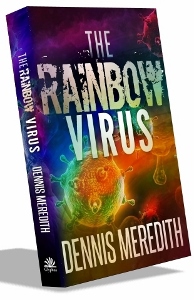 For example, after Random House bought Andy Weir’s self-published novel The Martian, an editor streamlined the prose before republishing it, helping it become a massive best-seller.
For example, after Random House bought Andy Weir’s self-published novel The Martian, an editor streamlined the prose before republishing it, helping it become a massive best-seller.
But how about wholesale rewriting of a published novel? Is it a good strategy editorially? Or is it just a case of an obsessive-compulsive writer who can’t let go of a story?
Such rewriting is certainly more feasible these days. Since it’s simple to publish a new ebook or a print-on-demand paperback, authors can readily go back and improve their stories. They can tighten text, streamline plot, enhance action, and draw characters more sharply.
That’s exactly what I did in rewriting my science thriller The Rainbow Virus, and I think my experience offers a useful case study of both the advantages and disadvantages of reshaping a novel.
I published The Rainbow Virus in 2013 to very good reviews on such sites as Amazon, Goodreads, and LibraryThing. While I was gratified, I came to believe that I could greatly improve the novel, based on what I learned from reader feedback and my experience publishing subsequent novels.
I didn’t get a consistent answer when I asked publishing experts about whether to rewrite the novel. My book designer nixed the idea, surprised I’d even considered rewriting, since the reviews were good. On the other hand, a highly respected book marketer absolutely loved the idea of relaunching the title as a rewritten novel.
In the end, I decided to rewrite because of what I perceived as significant editorial shortcomings in the first edition, of both its length and plot. I didn’t feel that edition fully reflected what I wanted to create—a dynamic science thriller, a vivid cautionary tale of bioterrorism, and a satiric exploration of our pathological obsession with skin color.
Regarding length, I learned from experienced editors that authors have a tendency to write novels that are too long. I realized that was the case with The Rainbow Virus. The length problem was due to
- Scenes that didn’t advance the plot. This problem arose because, like many novelists, I loved my characters so much, I wanted them to “have a life.” So, I wrote scenes depicting that life—for example a romantic dinner date—that didn’t propel the plot forward.
- Lots of dialog instead of action. This violated the maxim among novelists “Show don’t tell.” I wrote too many scenes portraying meetings in which characters discussed events and strategy. Since meetings are not action, this slowed the plot.
- Too much technical detail. In some cases, I fell into the old trap of “showing my research.” As a certified science geek, I included too much detail about biological concepts and laboratory procedures.
The plot shortcoming involved the unrealistic portrayal of a main character, Kathleen Shinohara. She is a CDC scientist who is obsessively dedicated and strong-willed. But in the novel, she falls into bed far too easily with the other main character, the disgraced, alcoholic FBI agent, Bobby Loudon. And the sex scenes between them, while not graphic, were far too extensively described.
Given these perceived shortcomings, I rewrote the novel in a way that I believe fixes both the length and plot problems. In the process, I cut it by 22,000 words, from 138,000 to 116,000. And while I kept the romance angle, I changed the plot so that Loudon had to reform himself and earn Shinohara’s respect before she would even consider a relationship.
I think the rewritten novel much more effectively achieves my literary goals. But the question remains: Should I have done it?
In a publishing sense, I had to. For one thing, I had to remedy some significant procedural mistakes I made in publishing the first edition. For one, I didn’t recruit an extensive enough cadre of beta readers, who could have pointed out the novel’s shortcomings. And, I wasn’t self-critical and ruthless enough in tightening the text and streamlining the plot. Basically, I made the kinds of mistakes that self-published authors too often make in this era where we have to be our own editors.
Indeed, readers reviewing the published novel pointed out significant shortcomings that I needed to take into account. True, reader reviews are very much a two-edged sword, because readers are “amateurs” in both the pejorative and complimentary senses of the word.
In the pejorative sense, as amateurs they lack the analytical experience of professional critics. However, in the complimentary sense, amateurs are people who do something for the love of it. These kinds of amateurs have extensive reading experience and will not be bashful about commenting on shortcomings in the novels they read.
So, I decided to take readers’ reviews as a form of crowdsource criticism—not dwelling too much on individual comments, but looking for trends. For example, several readers commented that the romance/sex angle took up too much text and got in the way of the plot.
In crafting the rewrite, I was confident I was making the novel better for new readers. But one question haunted me: Was I somehow being unfair to readers of the first edition by not having given them what I now consider my best effort?
I finally concluded that I didn’t cheat those early readers, because I published the best book that I could, and their reviews were highly positive.
Another quandary was, once I decided to produce a new edition, what should I do with it? Should I upload it as just another routine edit of the original? Or, should I trumpet its existence as “new and improved?”
We decided finally to do a total relaunch of the book as a second edition, with its own ISBN number and a new cover. Financially, since we’re now just beginning to market the new edition, I don’t know whether the cost and effort will have represented a good investment. But creatively, I believe it was a great investment.
Authors immersed in this new era of self-publishing will face many such thorny questions. While I still haven’t figured out the wisdom of this rewrite, I hope the story of my story will benefit both authors and readers alike.

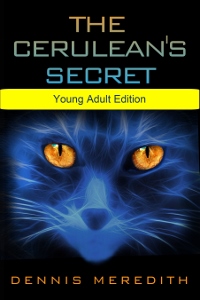

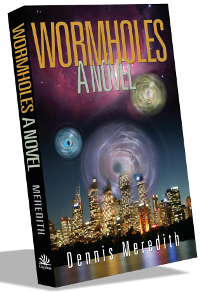
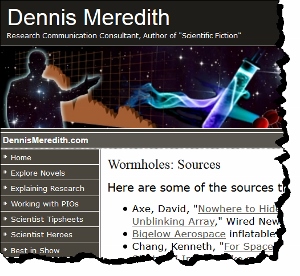


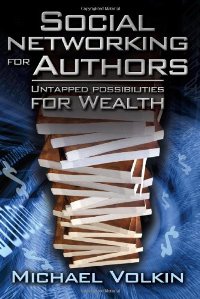





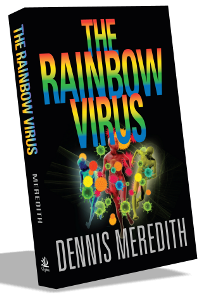
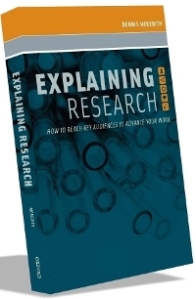


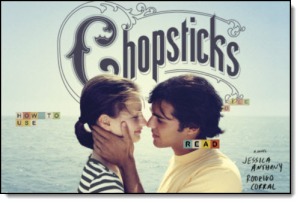



You must be logged in to post a comment.